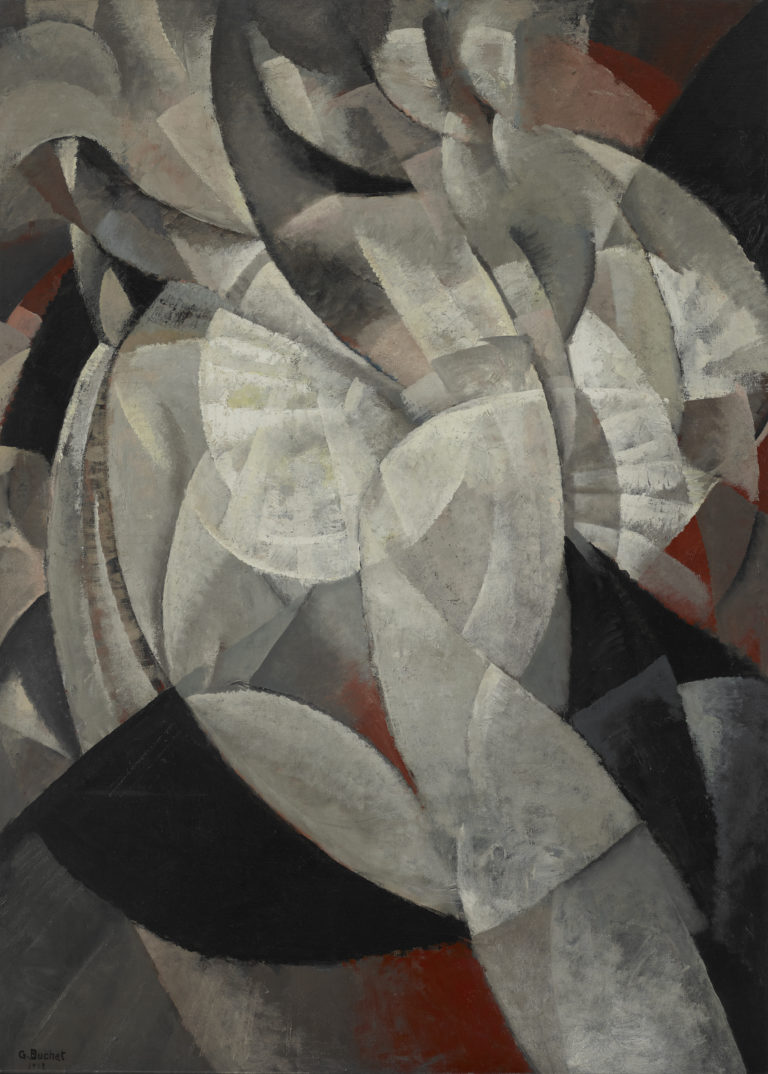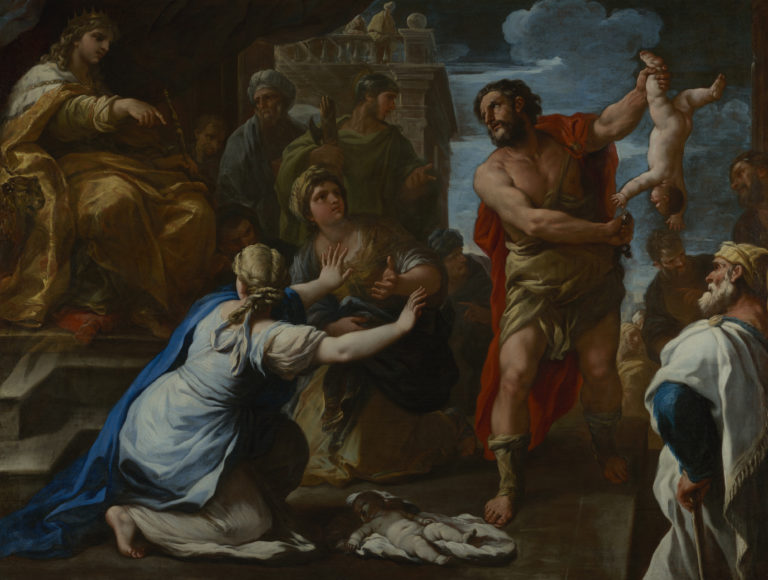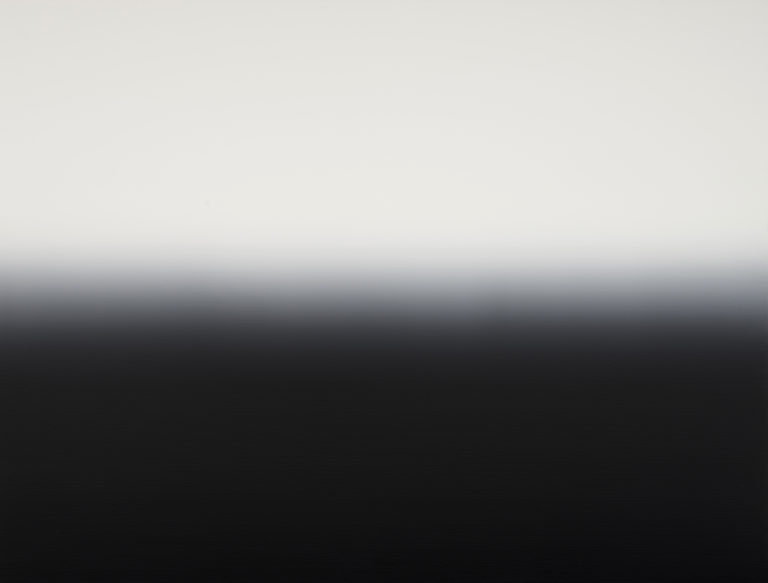Bibliography
Amazonas del arte nuevo, exh. cat. Madrid, Fundación Cultural Mapfre Vida, Madrid, Fundación Mapfre, Instituto de Cultura, 2008: 82-83.
Catherine Lepdor (ed.), in collaboration with Anne-Catherine Krüger, Louise Breslau, de l’impressionnisme aux années folles, exh. cat. Lausanne, Musée cantonal des Beaux-Arts, Milan, Skira, Paris, Seuil, 2001: n. 16.
Anne-Catherine Krüger, Die Malerin Louise Catherine Breslau (1856-1927). Biographie und Werkanalyse. Beschreibender Oeuvrekatalog des Gesamtwerkes, Dissertation Universität Hamburg, 1988, n. 143.
![Louise Breslau , Portrait de Mlle Julie Feurgard (Sous les pommiers)<br>(Portrait of Mlle Julie Feurgard [Under the Apple Trees]), 1886](https://www.mcba.ch/wp-content/uploads/2019/01/1082_BRESLAU_num4000_nr-1-2304x2124.jpg)



Louise Breslau from Zurich was already more than two years into an existential and artistic crisis when she painted this portrait in 1886. She had moved to Paris in 1876 and attended the women’s ateliers at the Académie Julian, where her teachers spotted her talent. Influenced by Edgar Degas and after 1880 by the naturalism of Jules Breton, she had already produced several remarkable portraits, including Chez soi (1885, Rouen, Musée des beaux-arts), but was dragged down by doubt: ‘If I cannot give a new and certain proof of my value, I am lost’, she wrote in January 1885.
Breslau then travelled to the countryside, with the manifest purpose of meeting the challenge of producing her first monumental outdoor work. In Sannois, in the garden of a studio comrade, she made studies for the painting that she would exhibit at the Paris Salon in 1886. The press immediately classified her among the disciples of impressionism: ‘Do you want outdoor work? Here it is by Mlle Breslau: the portrait of an artistic companion of hers sitting in a garden, which, as you can imagine, is going to colour her green and, consequently, make her horrid, pictorially speaking.’ In reality, this work, which shows exceptional vigour, records the changing effects of the light and the painter is unafraid to dull her model’s face under the shadow of her hat.
The artist was represented by this painting at the 1889 Exposition Universelle in Paris, where the jury awarded her a gold medal. It was acquired by the museum that same year. With this life-size representation of a woman painting outdoors and staring boldly at the viewer, Breslau was continuing her fight for the recognition of woman painters at a time when the doors of the Académie des beaux-arts in Paris still remained closed to them.